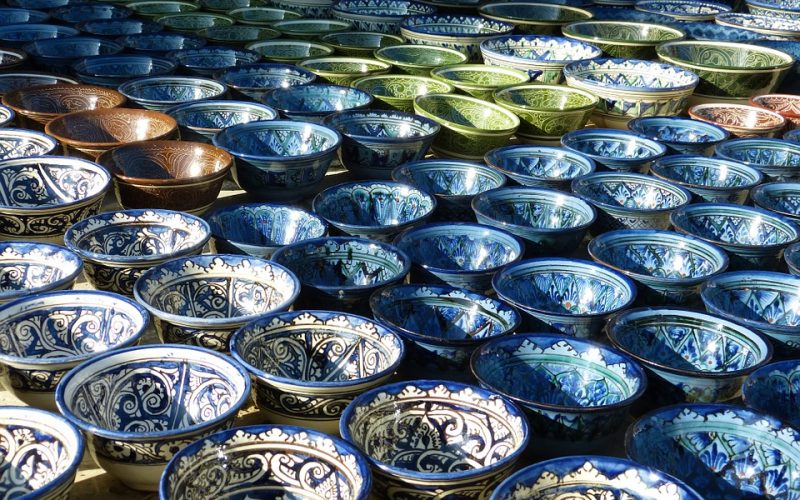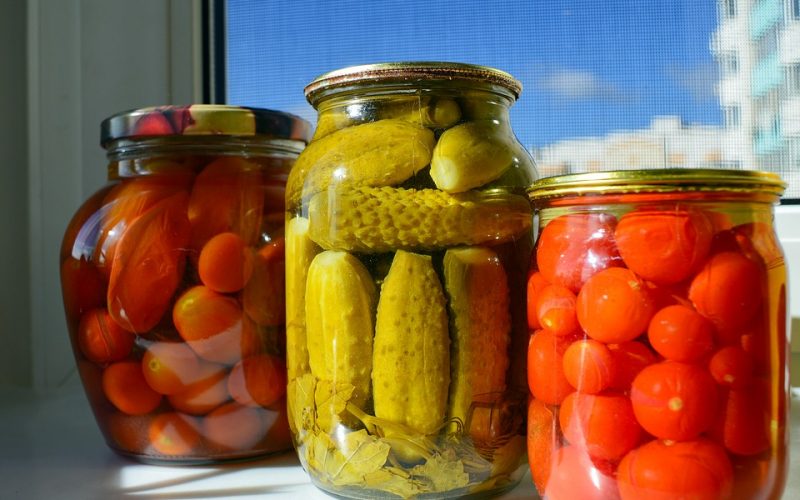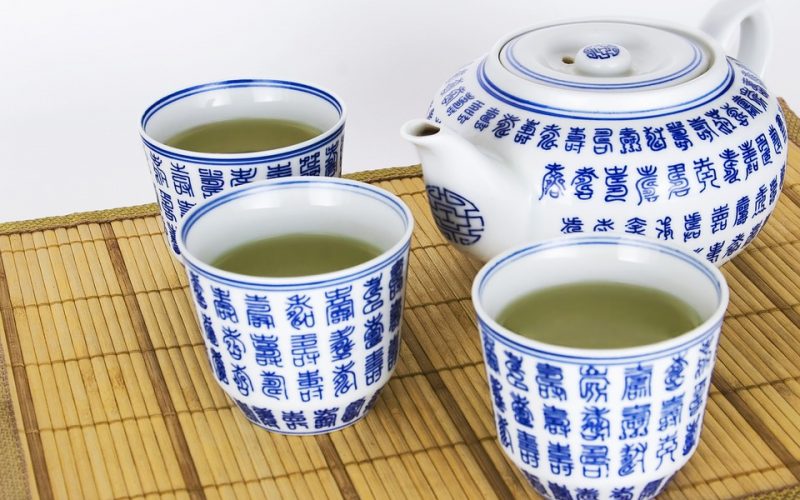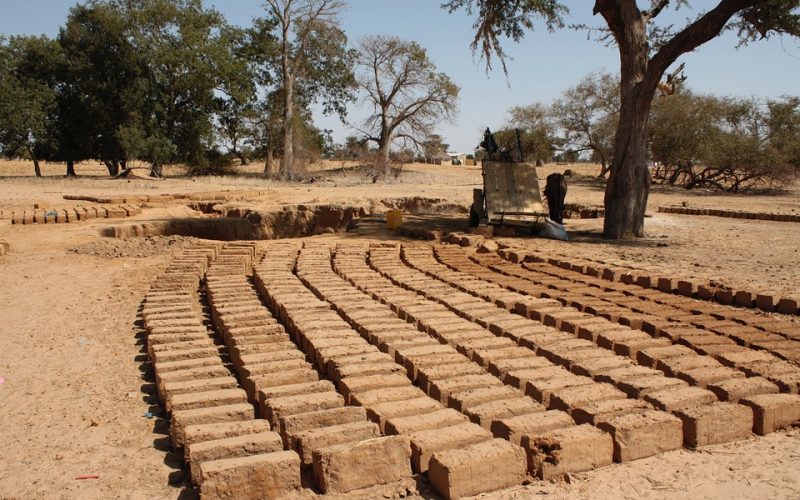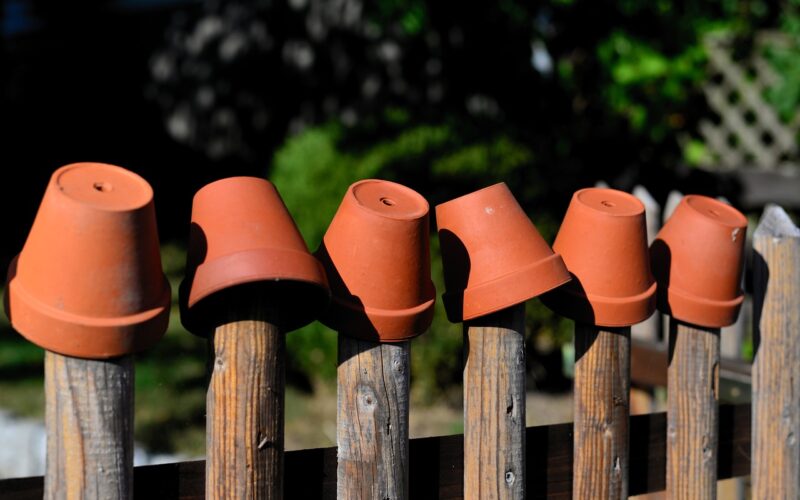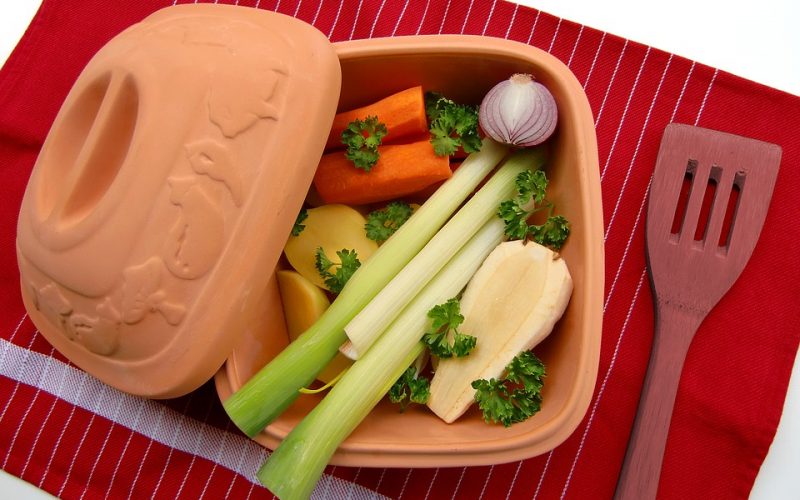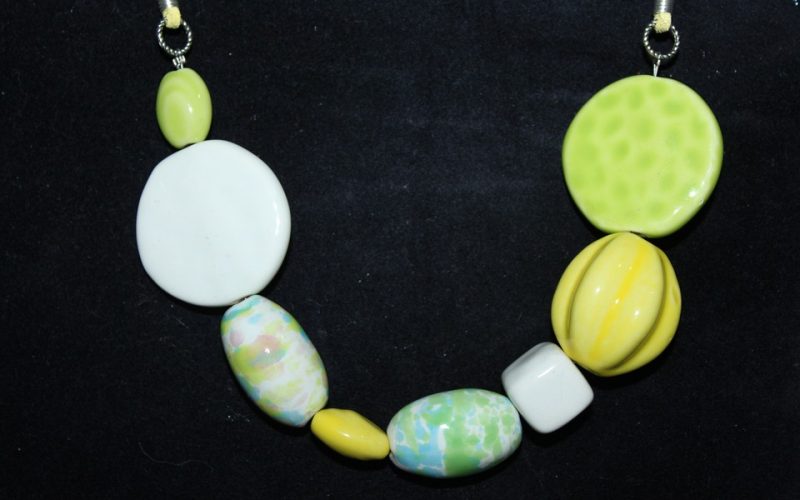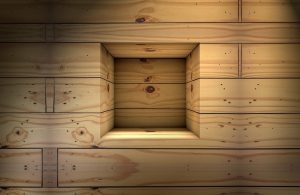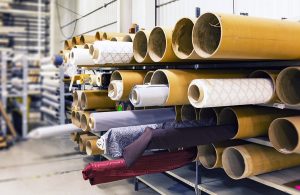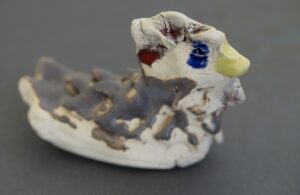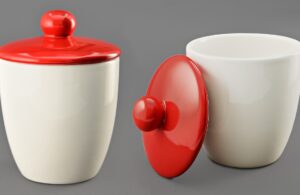Local clay has traditionally been the main building material for pottery. Ancient cultures used this material to store food and create cooking vessels in the form of pots. These ancient pots were easy to shape, could be baked in a fire for strength and used repeatedly. They were an advanced method for convenient food storage and baking that helped to change the way humanity lived and organized societies.
Over the centuries, societies grew and had more time for non-survival related tasks. This enabled people to pursue other interests besides food gathering. Some of these people used their time to decorate the items around them. Plant based dyes were developed and used on household necessities such as pottery and cloth. Eventually, each culture created its own basic styles of decoration that are still recognized and used today.
Making designs on pottery was not solely for decoration. In the beginning, it was used to identify the type of food stored within the vessel. Clay pots, urns and jars were sealed to prevent food and seeds from spoiling, and that made identification of the contents important. Throughout the years, these identification colors and patterns grew into art forms. Each artist who worked with pottery items developed their own personal style, and a new type of artistic expression was born.
Today’s artists have the same need for expression, and many of them choose to create with clay. Unlike their ancient counterparts, most people do not have the time to spend hours and days painting their ceramics by hand. Ceramic decals provide a way to decorate multiple pieces with the same design, but without the time-consuming effort of hand painting each piece. Modern printing methods, paper manufacturing and computers make this possible. The art is created on a computer or scanned in, and the result is then printed. Paper is manufactured specifically to be used in the ink transfer process. Size and colors are now an easy detail with the many graphics programs available to the modern artist.
